Home>Interior Design>5 Ceiling Mistakes To Avoid – According To Designers
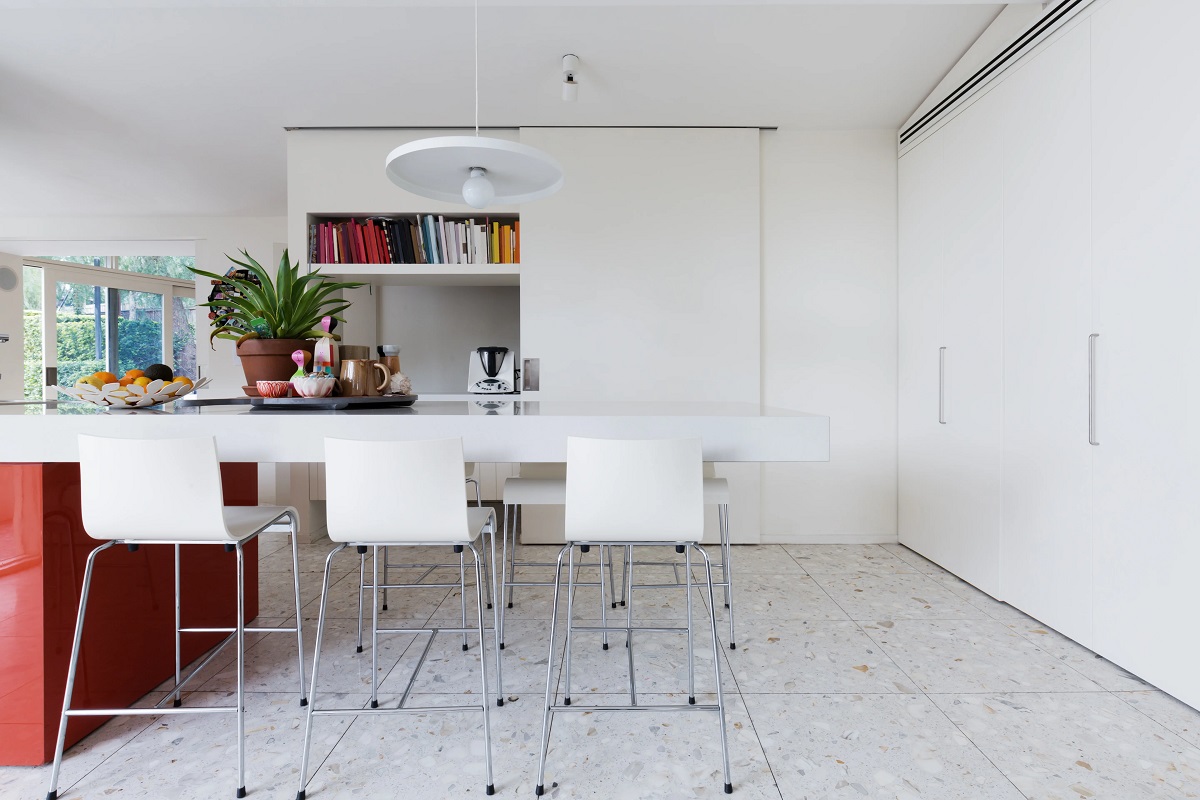

Interior Design
5 Ceiling Mistakes To Avoid – According To Designers
Modified: October 20, 2024
Avoid these 5 ceiling mistakes in your interior design, as recommended by designers. Create a stunning space with these expert tips.
(Many of the links in this article redirect to a specific reviewed product. Your purchase of these products through affiliate links helps to generate commission for Storables.com, at no extra cost. Learn more)
Introduction
Welcome to the world of interior design, where every detail matters, including the often overlooked element of ceilings. While walls and floors steal the spotlight, ceilings play a crucial role in creating a cohesive and visually appealing space. Unfortunately, many homeowners make common mistakes when it comes to their ceiling design, resulting in a less-than-desirable aesthetic. To help you avoid these pitfalls, we’ve consulted with top designers to bring you the five most common ceiling mistakes to avoid. By understanding and addressing these mistakes, you can transform your space into a stunning and harmonious environment.
Key Takeaways:
- Choose the right ceiling material based on room function and aesthetics to enhance the overall design and practicality, avoiding a cramped or visually underwhelming space.
- Consider ceiling height, proportion, lighting, color, texture, and design elements to create a visually stunning and harmonious environment, transforming the often overlooked ceiling into a captivating focal point.
Mistake #1: Using the wrong type of ceiling material
When it comes to ceiling design, choosing the right material is essential. Some homeowners make the mistake of using materials that are not suitable for their specific needs or desired aesthetic. For example, using a heavy material like solid wood in a room with low ceiling height can make the space feel claustrophobic and cramped.
On the other hand, using a lightweight material like gypsum board or acoustic tiles in a large, grand space can result in a lack of visual impact. It is important to consider the overall style and function of the room before selecting the appropriate ceiling material.
If you’re unsure about which material to choose, consult with an interior designer who can guide you based on your specific requirements. They can help you evaluate factors such as durability, acoustics, fire resistance, and maintenance to ensure that you make an informed decision.
Additionally, don’t forget to consider the impact of the ceiling material on the overall aesthetics of the room. If you’re aiming for a modern and sleek look, you might opt for materials like glass or metal. On the other hand, if you prefer a warm and cozy ambiance, natural wood or decorative tiles might be more suitable.
Remember, the ceiling material you choose should complement and enhance the overall design concept of the room. It should not only be visually pleasing but also functional and practical for the space it’s in.
Mistake #2: Ignoring ceiling height and proportion
One of the most common mistakes in ceiling design is ignoring the height and proportion of the space. Ceiling height can greatly influence the overall ambiance of a room, and it’s important to consider it when designing your space.
If you have a low ceiling, it’s crucial to avoid heavy or bulky elements that can make the room feel cramped. Instead, opt for lighter and more streamlined designs to create a sense of openness and airiness. For example, recessed lighting or flush-mounted fixtures can help maximize space and create the illusion of a higher ceiling.
On the other hand, if you have a high ceiling, don’t be afraid to make a statement. Consider using elements like chandeliers or pendant lights that can draw the eye upward and add visual interest. Additionally, you could incorporate architectural details, such as beams or coffered ceilings, to add depth and dimension to the space.
Proportion is equally important when it comes to ceiling design. The size of the room should dictate the scale of the elements used on the ceiling. For instance, in a small space, using large, ornate crown molding may overpower the room and make it feel cramped. Instead, opt for smaller, more delicate moldings that complement the size of the space.
Conversely, in a large space, using small and subtle ceiling elements may get lost and fail to make an impact. In these instances, consider using larger elements, such as decorative ceiling tiles or bold paint colors, to create a visually pleasing focal point.
It’s important to strike the right balance between ceiling height and proportion to create a well-balanced and harmonious space. Consider consulting with an interior designer who can help you make informed decisions based on the size and scale of your room.
Mistake #3: Overlooking lighting placement and fixtures
Lighting plays a crucial role in interior design, and the way you incorporate it into your ceiling can make or break the overall atmosphere of a room. Unfortunately, many homeowners make the mistake of overlooking the importance of proper lighting placement and fixtures when designing their ceiling.
One common mistake is relying solely on a single overhead light fixture to illuminate the entire space. This can result in harsh and unflattering lighting, as well as create shadows and uneven illumination. Instead, consider layering your lighting by incorporating a combination of ambient, task, and accent lights.
Ambient lighting provides general illumination for the room and should be evenly distributed throughout the ceiling. This can be achieved through recessed lights, track lighting, or even pendant lights strategically placed in various locations.
Task lighting is essential for specific activities, such as reading or cooking. Consider adding task lighting fixtures, such as adjustable pendant lights or under-cabinet lights, in areas where focused lighting is required.
Accent lighting is used to highlight architectural features or specific design elements in a room. This can be accomplished with wall sconces, recessed spotlights, or even LED strip lights placed strategically along the ceiling.
When it comes to lighting placement, it’s important to consider the function of the space. For example, in a dining area, you might want to install a chandelier or pendant lights directly above the table to create a focal point and provide ample lighting for meals. In a living room, recessed lights or track lighting can be used to create a warm and inviting ambiance.
Don’t forget to take into account the style and design of the space when selecting lighting fixtures. The fixtures should complement the overall aesthetic and enhance the visual appeal of the room.
By carefully considering lighting placement and selecting the right fixtures, you can create a well-lit and inviting space that showcases the beauty of your ceiling design.
When choosing a ceiling color, consider the overall color scheme of the room and the effect you want to achieve. Lighter colors can make a room feel more spacious, while darker colors can create a cozy atmosphere.
Mistake #4: Neglecting the importance of ceiling color
When it comes to interior design, color choices can have a significant impact on the overall look and feel of a room. Unfortunately, many homeowners make the mistake of neglecting the importance of ceiling color and simply opt for a standard white or neutral shade. However, choosing the right ceiling color can elevate the design of a space and create a cohesive and harmonious look.
One mistake to avoid is using a dark or bold color on the ceiling in a small or low-ceilinged room. This can make the space feel oppressive and visually reduce the height of the room. Instead, opt for lighter shades like soft pastels or pale neutrals to create an open and airy atmosphere. These colors can reflect light and give the illusion of a more spacious and taller room.
In rooms with high ceilings, consider using a darker color on the ceiling to create a more intimate and cozy ambiance. This can help bring the ceiling down visually and make the space feel more inviting. Just be cautious not to choose a color that is too dark, as it can make the room feel closed in.
Another consideration when it comes to ceiling color is the overall style of the space. If you’re aiming for a modern and minimalist look, a crisp white or a subtle shade that matches the walls can create a seamless and clean aesthetic. On the other hand, if you’re going for a bold and dramatic design, don’t be afraid to use a contrasting or complementing color on the ceiling to make a statement.
Remember, the ceiling is the fifth wall of a room, and it should not be overlooked when it comes to color choices. By carefully selecting the right shade, you can enhance the overall look and feel of the space and create a cohesive design.
Mistake #5: Disregarding ceiling texture and design elements
When it comes to ceiling design, texture and design elements can make a significant impact on the overall aesthetic and atmosphere of a room. However, one common mistake homeowners make is disregarding the importance of incorporating texture and design elements into their ceilings.
Smooth and plain ceilings can sometimes appear dull and uninteresting. Adding some texture can bring depth and visual interest to the space. There are several ways to introduce texture to your ceiling, such as using textured paint, embossed wallpapers, or creating a pattern with ceiling tiles. Textured ceilings can add a touch of elegance or create a unique focal point in the room.
In addition to texture, consider incorporating design elements to enhance the overall visual appeal of your ceiling. Ceiling moldings, medallions, rosettes, or decorative beams can add character and elegance to a space, transforming an ordinary ceiling into a striking architectural feature. These design elements can help tie together the style and theme of the room, creating a cohesive and refined look.
When choosing texture and design elements for your ceiling, keep in mind the overall style and function of the room. For example, ornate and intricate designs may be more suitable for formal settings like dining rooms or living rooms, while simpler textures and designs can work well in casual spaces or bedrooms.
It’s important to strike a balance between texture and other design elements in the room. If you have textured walls or patterned flooring, consider keeping the ceiling relatively simple to avoid overwhelming the space. On the other hand, if the walls and flooring are more understated, you can be more adventurous and creative with the ceiling design.
By considering the texture and design elements in your ceiling, you can add depth, character, and a touch of uniqueness to your space. Don’t be afraid to get creative and consult with an interior designer or contractor for expert advice on incorporating texture and design elements into your ceiling.
Conclusion
When it comes to interior design, the ceiling is often an overlooked aspect of a room. However, by avoiding common mistakes and paying attention to key elements, you can transform your space and create a stunning and visually appealing atmosphere.
First and foremost, choosing the right type of ceiling material is crucial. Consider the function, aesthetics, and maintenance requirements of the room when making your selection. Remember, the material should complement the overall design concept and enhance the space, both visually and practically.
Don’t forget to take into account the ceiling height and proportion of the room. Adjust the scale and size of elements to create a balanced and harmonious look. By understanding the impact of ceiling height and proportion, you can optimize the visual impact and create a comfortable and inviting space.
Proper lighting placement and fixtures are also essential for a well-designed ceiling. Layer your lighting to create depth and ambiance, considering both the function and style of the room. Take advantage of different lighting types, such as ambient, task, and accent lights, to create a visually pleasing and functional space.
The color of the ceiling should not be overlooked. Choose shades that complement the overall design and create the desired atmosphere. Reflect on the room size and ceiling height when selecting colors, aiming for a balanced and open feel.
Lastly, consider incorporating texture and design elements into your ceiling. Add depth and visual interest by using textured materials or introducing architectural details. These elements can elevate the overall design and create a unique and captivating focal point in your space.
By avoiding these common ceiling design mistakes, you can create a visually stunning and harmonious environment. Remember, the ceiling is the fifth wall of your room, and it deserves equal attention and care. Consult with interior designers or professionals in the field for expert advice and guidance on achieving the perfect ceiling design for your space.
Frequently Asked Questions about 5 Ceiling Mistakes To Avoid – According To Designers
Was this page helpful?
At Storables.com, we guarantee accurate and reliable information. Our content, validated by Expert Board Contributors, is crafted following stringent Editorial Policies. We're committed to providing you with well-researched, expert-backed insights for all your informational needs.

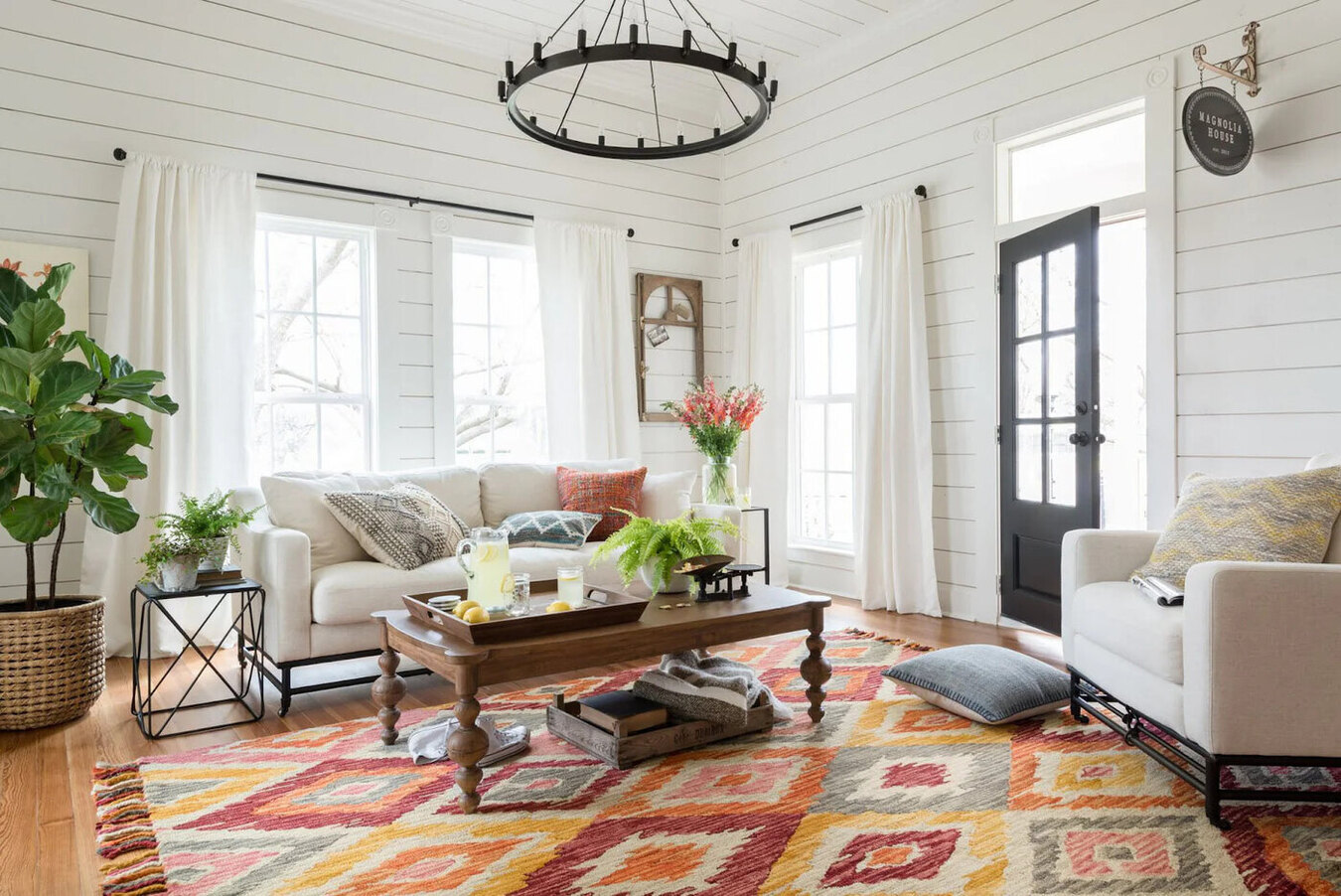


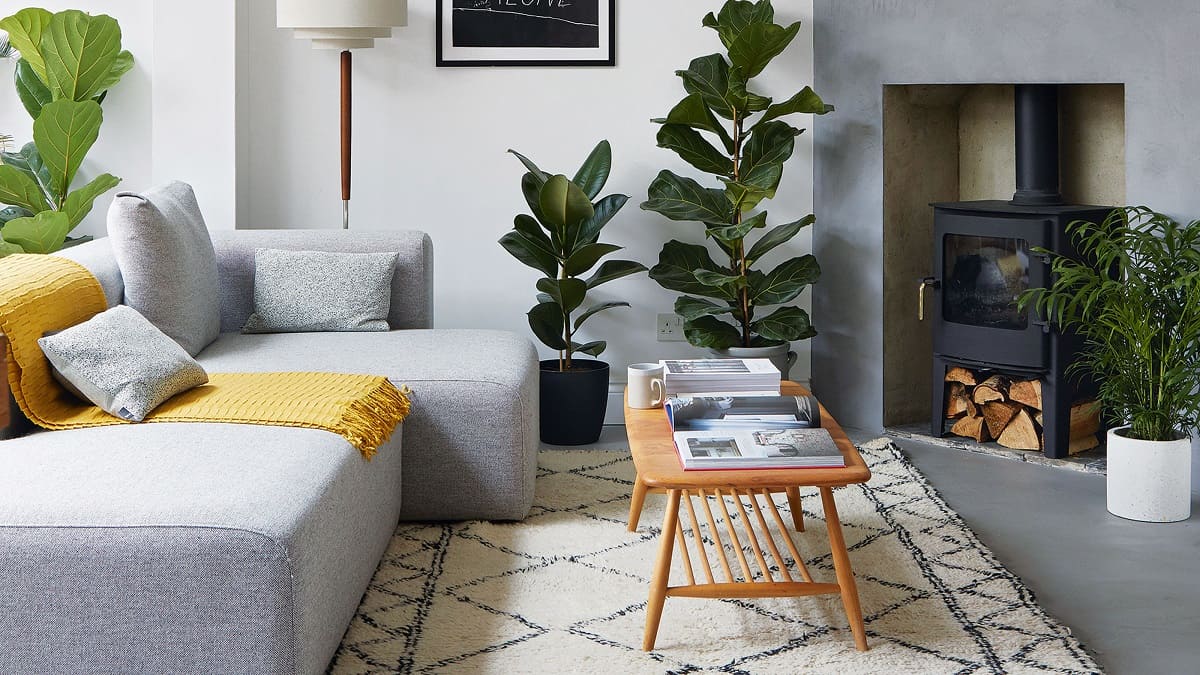

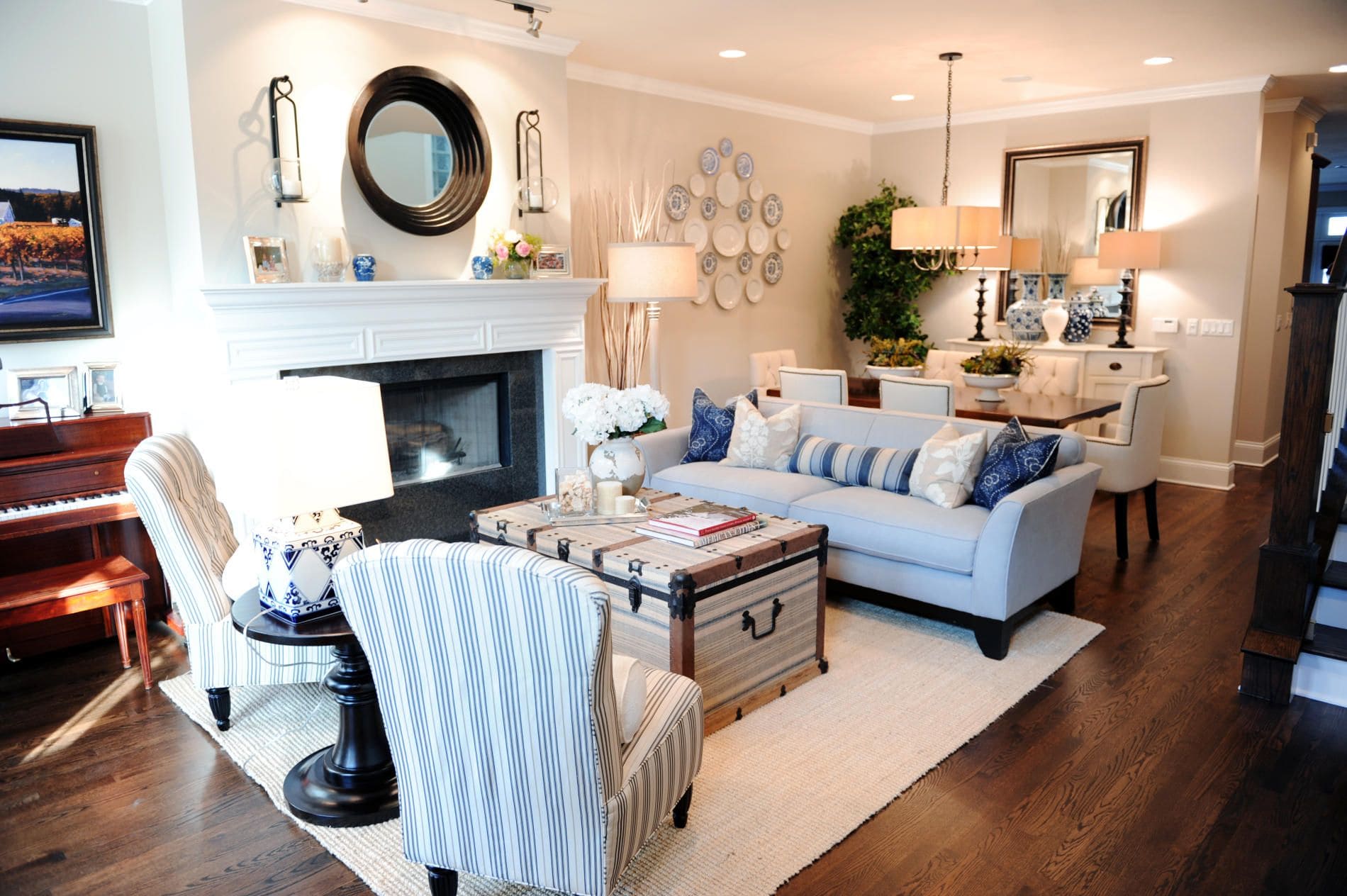





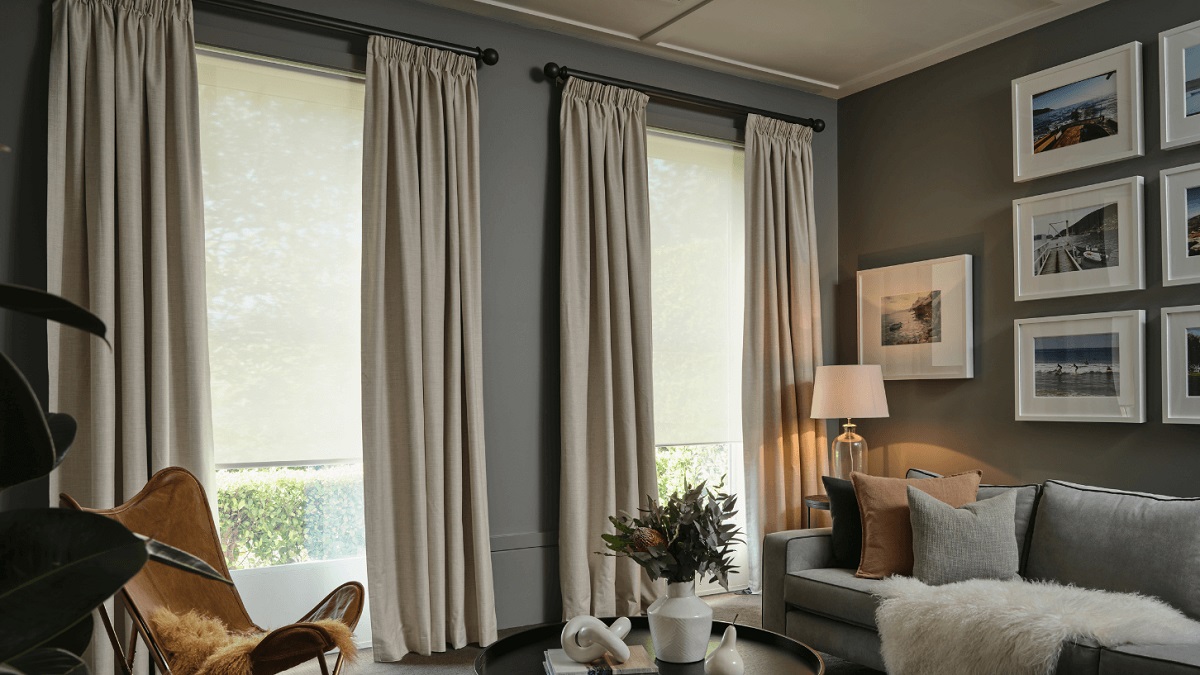
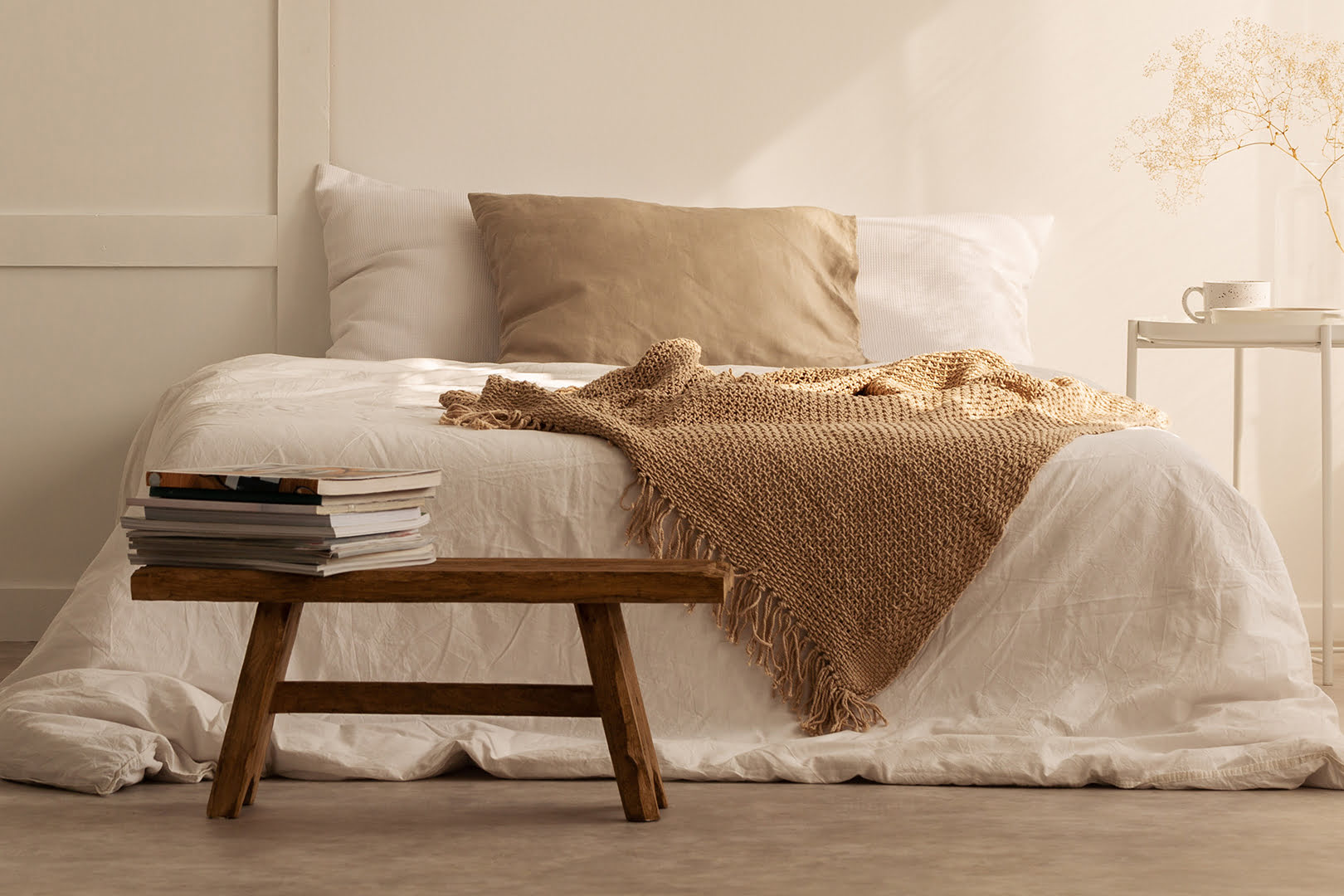

0 thoughts on “5 Ceiling Mistakes To Avoid – According To Designers”